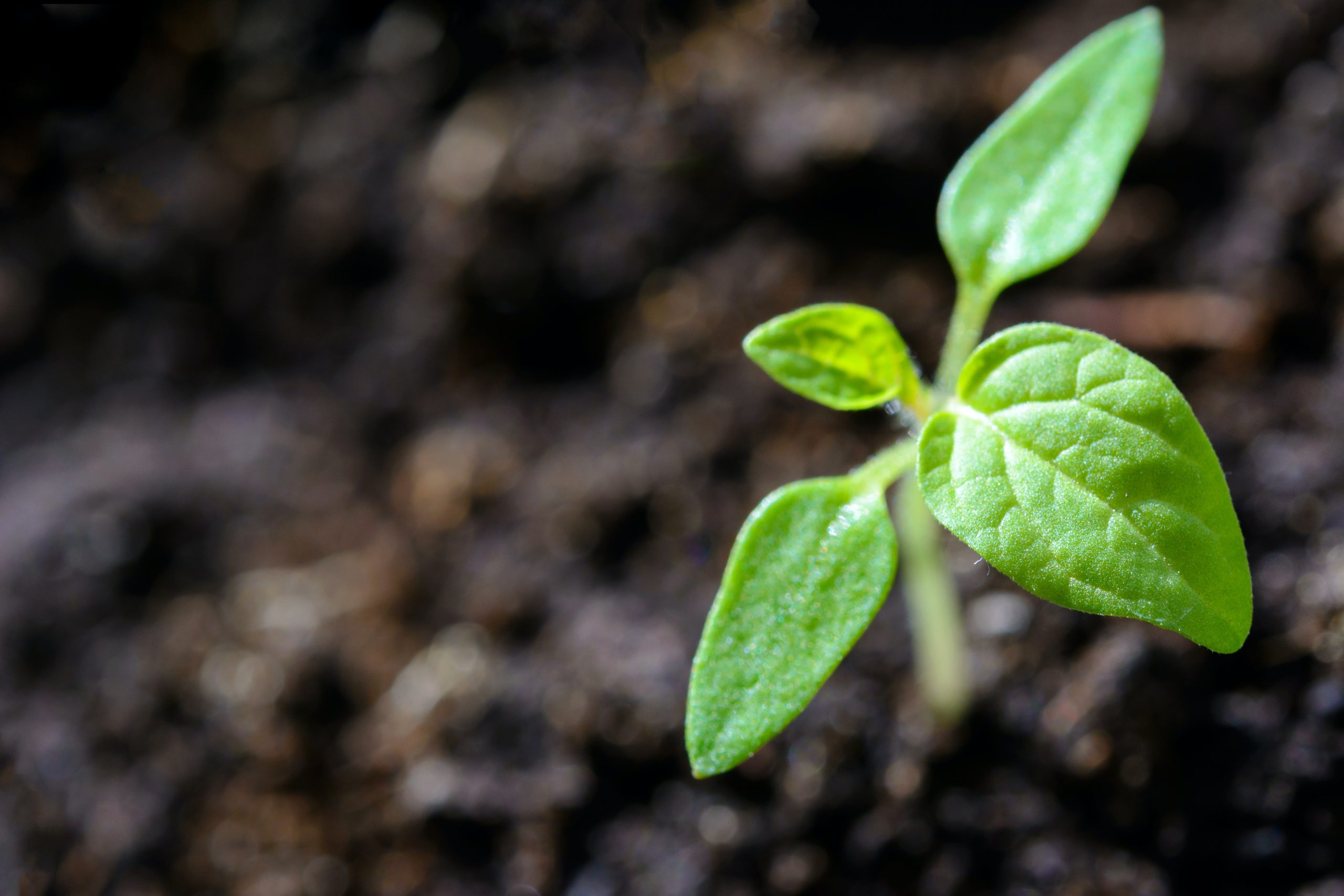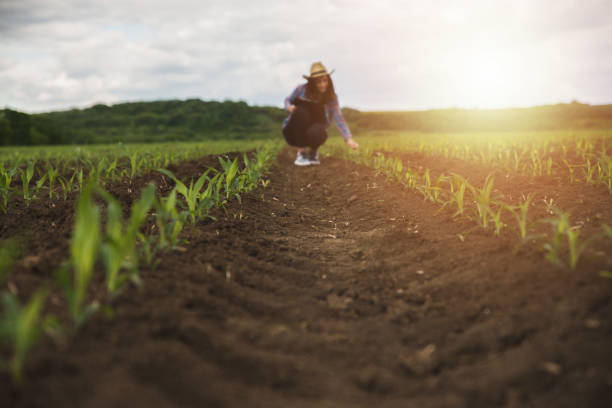Conservation tillage practices are a set of farming techniques that aim to preserve soil health and reduce the negative impact of agriculture on the environment. Traditional tillage practices involve plowing, disking, and other methods that turn over the soil, exposing it to erosion and degrading its structure. In contrast, conservation tillage practices leave crop residues on the soil surface or only disturb a portion of the soil, which helps to maintain soil structure, reduce soil erosion, and increase soil organic matter. Conservation tillage practices have become increasingly popular among farmers as they seek to balance crop production with environmental stewardship. This article will explore the benefits of conservation tillage practices for soil health in agriculture and the challenges and limitations associated with these techniques.
What are the Types of Conservation Tillage Practices?
There are several types of conservation tillage practices that farmers can adopt to preserve soil health and minimize soil disturbance. These include:

No-till
This practice involves planting crops into undisturbed soil without prior tillage. The crop residues from the previous season are left on the soil surface to protect the soil from erosion and retain moisture. No-till is particularly effective in reducing soil erosion and conserving soil moisture.
Strip-till
Strip-till is where only a narrow strip of soil is tilled, usually where the crop will be planted. The rest of the soil surface remains covered with crop residues. Strip-till allows farmers to maintain some of the benefits of tillage, such as weed control and soil aeration while minimizing soil disturbance.
Reduced tillage
Reduced tillage involves reducing the intensity of tillage operations, such as using shallower tillage depths or fewer passes with tillage equipment. This practice can maintain soil structure and reduce erosion while providing some of the benefits of tillage.
Overall, the choice of conservation tillage practice will depend on factors such as soil type, crop rotation, and weed management. Farmers can consult conservation specialists or agricultural extension agents to determine the best conservation tillage practices for their farming operations.
What are the Benefits of Conservation Tillage for Soil Health?
Conservation tillage practices offer a range of benefits for soil health in agriculture. By reducing soil disturbance and preserving soil structure, conservation tillage practices can help to improve soil health, increase crop yields, and reduce the negative impact of agriculture on the environment. Some of the key benefits of conservation tillage for soil health include:

Reduction in soil erosion
Traditional tillage practices can cause significant soil erosion by exposing the soil to wind and water erosion. On the other hand, conservation tillage practices leave crop residues on the soil surface or only disturb a portion of the soil, which helps protect the soil from erosion. It helps to preserve soil structure and reduce the loss of valuable topsoil.
Improvement in soil structure
Soil structure is critical for plant growth, as it determines soil porosity, water infiltration, and aeration. Traditional tillage practices can degrade soil structure by breaking up soil aggregates and compacting the soil. In contrast, conservation tillage practices leave crop residues on the soil surface, which helps to maintain soil structure and promote better root development.
Enhancement of soil organic matter
Soil organic matter is essential for soil health, as it provides nutrients to plants, improves soil structure, and supports soil microbial communities. Conservation tillage practices can help to increase soil organic matter by leaving crop residues on the soil surface, which gradually decompose and release nutrients into the soil.
Reduced fuel and labor costs
Conservation tillage practices can reduce the need for fuel and labor, as they require fewer tillage passes and less equipment than traditional tillage practices. It leads to cost savings for farmers while still maintaining or improving crop yields.
Challenges associated with conservation tillage practices
While conservation tillage practices offer many benefits for soil health, some challenges and limitations are associated with these practices. Some of the main challenges of conservation tillage practices include:

Weed management:
Conservation tillage practices can increase weed populations since the lack of soil disturbance means that weed seeds are not buried or destroyed. It results in reduced crop yields and increased competition for nutrients and water. Farmers need to adopt effective weed management strategies such as crop rotation, cover cropping, and the use of herbicides to control weeds.
Disease and pest management:
Conservation tillage practices can also increase the risk of disease and pest infestations, as crop residues on the soil surface can provide a habitat for disease and pest organisms. Farmers must adopt crop rotation, resistant varieties, and pest and disease control measures to prevent or control disease and pest outbreaks.
Residue management:
Conservation tillage practices require proper management of crop residues, which can be challenging for some crops. Residues on the soil surface can interfere with planting operations or create favorable conditions for pests and diseases. Farmers need to adopt appropriate residue management practices such as mowing or shredding residues or using specialized equipment to plant through the residues.
Equipment needs:
Conservation tillage practices require specialized equipment, such as no-till drills, strip-till equipment, and residue management tools. This equipment can be expensive and require additional maintenance, training, or technical support.
Potential Limitations of Conservation Tillage Practices
Conservation tillage practices have the potential to improve soil health, increase crop yields, and reduce the negative impact of agriculture on the environment. However, some potential limitations are also to consider when implementing conservation tillage practices. Some of the main limitations of conservation tillage practices include:
Soil compaction: Conservation tillage practices can sometimes lead to soil compaction, especially in heavy or wet soils. Soil compaction can reduce soil porosity, inhibit water infiltration and aeration, and decrease plant growth. Farmers must avoid soil compaction by using appropriate equipment and management practices, such as reducing wheel traffic and using cover crops.
Soil moisture management:
Conservation tillage practices can affect soil moisture by increasing or decreasing soil evaporation, depending on the practice used. No-till practices can help conserve soil moisture by leaving crop residues on the soil surface, while strip-till practices can increase soil evaporation by exposing some of the soil. Farmers must carefully manage soil moisture to ensure crops receive adequate water throughout the growing season.
Nutrient management:
Conservation tillage practices can affect nutrient availability in the soil by altering the decomposition rates of crop residues or affecting nutrient distribution within the soil profile. Farmers must manage nutrient inputs carefully and monitor soil nutrient levels to ensure crops receive adequate nutrients.
Crop residue management:
Conservation tillage practices require careful management of crop residues to ensure that they do not interfere with planting operations or create favorable conditions for pests and diseases. Farmers need to develop effective residue management strategies, such as mowing or shredding residues or using specialized equipment to plant through the residues.
In conclusion, conservation tillage practices offer numerous benefits for soil health in agriculture. These practices help to improve soil structure, increase organic matter content, reduce erosion, conserve water, and enhance soil biodiversity. Additionally, conservation tillage practices can increase crop yields and reduce input costs while mitigating agriculture’s negative environmental impact. However, the successful implementation of conservation tillage practices requires careful planning, effective management, and ongoing monitoring to address these practices’ potential challenges and limitations. By adopting conservation tillage practices and developing effective management strategies, farmers can improve the long-term sustainability of their operations while reaping the benefits of healthy soil and thriving crops.
